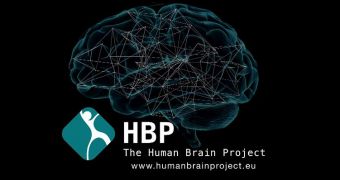The successes in high-performance computing seem to have eliminated the last reservations that scientists may have had in front of the idea of simulating the human brain.
Attempts at simulating brain activity were made in the past, but it was usually about individual brain processors, or small groups, not the whole thing.
There was also another tiny matter: the understanding of how the brain works was minor at best.
Now, though, even with many mysteries still unsolved, researchers want to create a simulation of the organ as detailed as possible.
Over 200 researchers from across Europe will participate in the very straightforwardly-named Human Brain Project. $1.6 billion will be fueled into the supercomputer, or 1.18 billion Euro.
It will take years for the goal to be achieved, if it ever is, and the process will be spread out over multiple steps.
First off, all the neurons in the brain will have to be mapped. All 100 billion of them that is, including the 100,000 billion synapses that make up the brain.
We imagine that the advancements in parallel processing technologies will help greatly in this endeavor.
Having a dozen of NVIDIA Tesla K20 GPU compute accelerators, each behaving like a single ganglion would be a sensible enough approach, with each GPU being a neuron.
No one seems to be raising any concerns that the Human Brain Project might gain sentience at some point and decide it is superior to its makers.
Of course, it might just be because this is real life, not Sci Fi. Then again, much of what was considered science fiction a few decades ago is now true, so that argument might not hold water.
Hopefully, over the next decade, there will be plenty of time to notice if the Human Brain Project starts acting in any way strangely.

 14 DAY TRIAL //
14 DAY TRIAL //